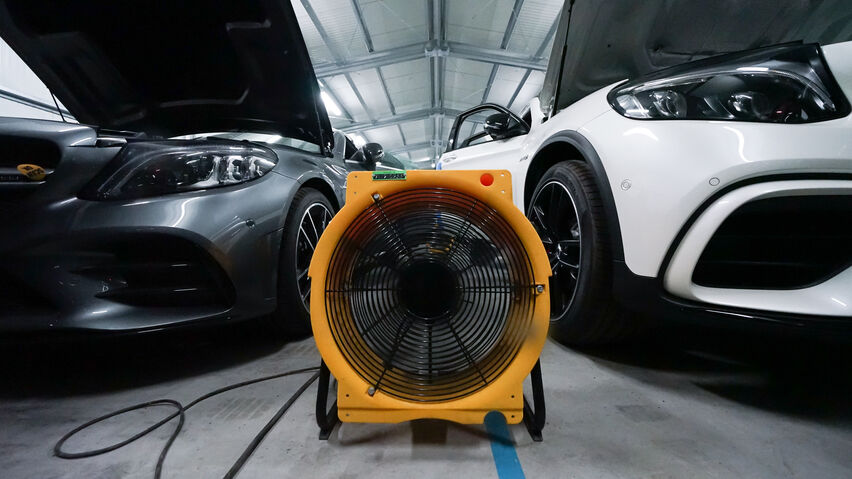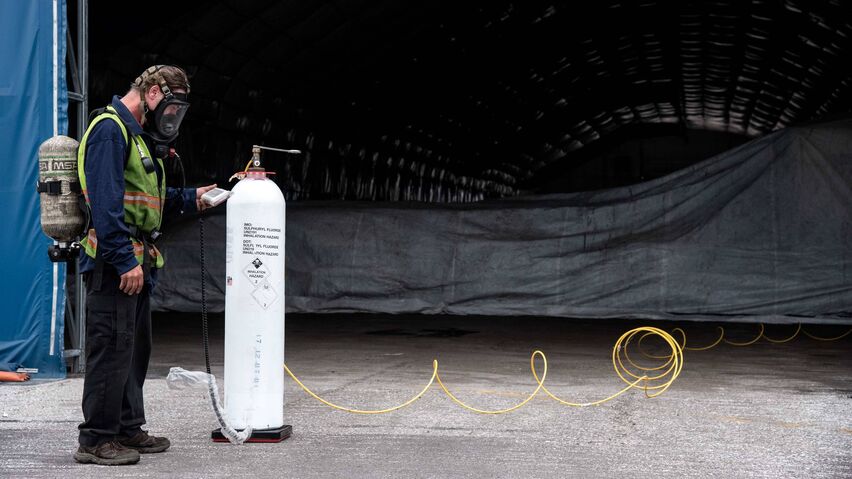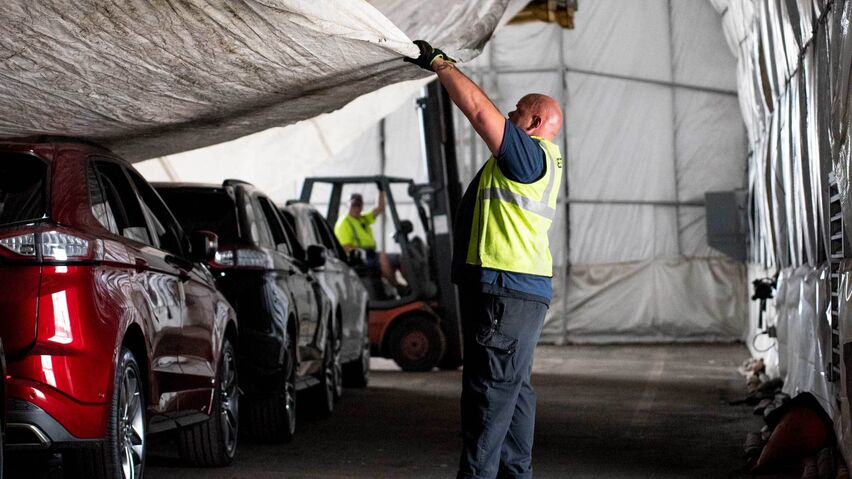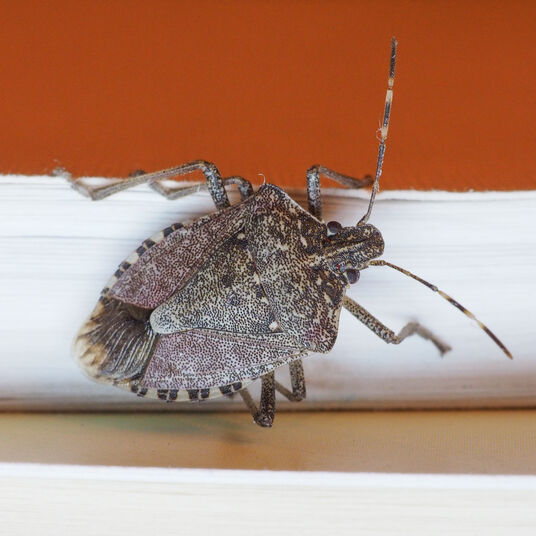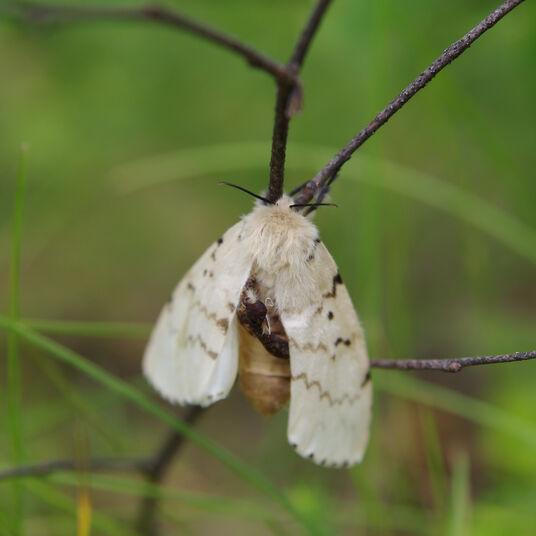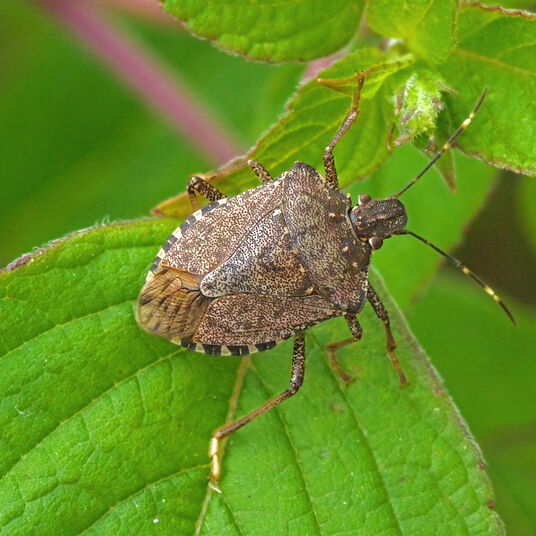Global treatment facilities to combat the stink bug threat
From Zeebrugge in Belgium to our Mid-Atlantic Terminal in Baltimore, our heat and fumigation treatment facilities provide a range of options to help ensure your products are delivered stink bug-free.
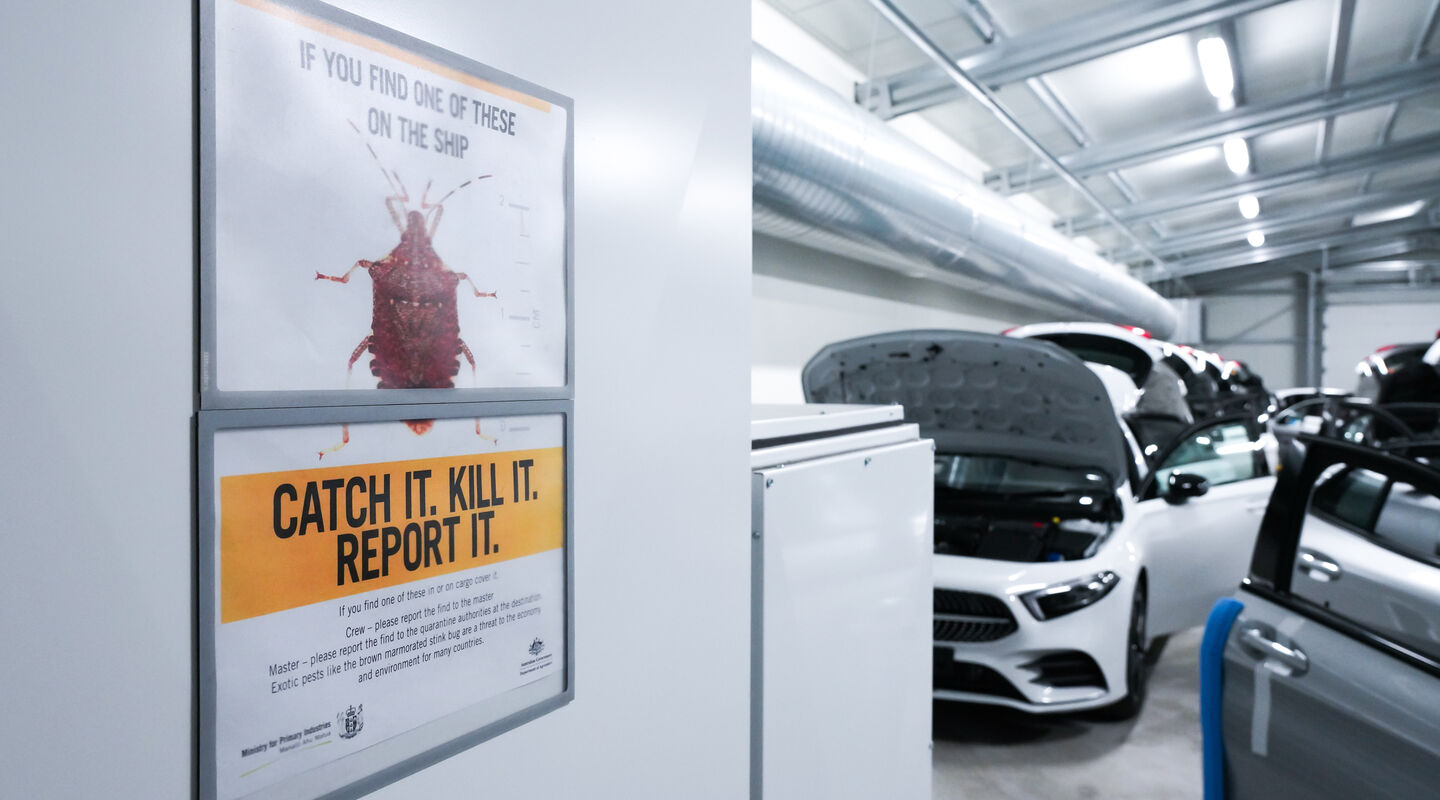
The rapid spread of the brown marmorated stink bug (BMSB) is something authorities in Australia and New Zealand are determined won’t be repeated in Oceania. This means shippers must ensure their products destined for the two nations are delivered stink-bug free.
Customers that don’t comply with regulations risk their products being turned away from port, delivered late – or not delivered at all. That’s why we’ve established heat and fumigation treatment facilities around the world to support your efforts in shipping products without contamination by stink bugs.
Increased treatment capacity at Zeebrugge
With 7,900 square metres of fumigation and heat treatment facilities dedicated to treating cargo, our Zeebrugge terminal can now treat 41% more units than in previous years.
Saba Berikishvili, our BMSB coordinator at Zeebrugge, explains that the four heat treatment facilities at the terminal are capable of treating up to 700 passenger cars and 32 truck equivalent units per day. When combined, the facilities offer 2,825 square metres of heat treatment space.
There’s also a fumigation shed run by a third party, with the ability to treat up to 45 units of rolling equipment and breakbulk cargo at a time, while an outside fumigation container, designed to enable clamp gassing treatment in the open air, can treat up to two oversized pieces of equipment or machinery each week.
“We have enough capacity to cater for demand from customers at Zeebrugge for stink bug treatment services,” explains Berikishvili.
Other European ports equipped to deal with the stink bug threat
Zeebrugge isn’t the only European port to have dedicated facilities for dealing with stink bugs. Captain Henrik Meyer, senior manager quality, port, terminal and stevedoring, explains that there are also stink bug treatment facilities at Bremerhaven, Germany; Le Havre, France; and Santander, Spain. All of these facilities are run by third parties under the watchful eye of WW Ocean.
At Bremerhaven – just like Zeebrugge – heat treatment is typically used to treat passenger cars, with fumigation the method of choice for larger breakbulk and rolling equipment. “We take every possible measure to prevent live bugs making it onto our vessels,” Meyer points out. “This even includes inspecting cargo that doesn’t need to be treated to avoid cross-contamination.”
Battling stink bugs in Baltimore
Over in the US, Wallenius Wilhelmsen is also well prepared for the stink bug season. Third party-run stink bug treatment facilities at our Baltimore terminal include a 50ft by 100ft heat treatment building accommodating 30 vehicles per treatment on a three-hour cycle. It can treat up to 120 cars a day, with overtime a possibility if demand is high.
Meanwhile, the terminal’s rolling equipment and breakbulk fumigation building measures 75ft by 350ft and has a 33ft high ceiling, so can accommodate the most oversized cargo.
Chinese treatment facilities offer fumigation and heat treatment
Facilities for stink bug treatment have also been established in China. Cargo fumigation services are provided by third parties at terminals in Shanghai and Lianyungang and a heat treatment facility has been opened in Shanghai. In total, fumigation facilities in China provide up to 30,000 square metres of treatment space for passenger cars, explains Paul Lam, VP, WW Solutions, China.
There’s no denying the scale of the stink bug threat, but Wallenius Wilhelmsen’s facilities are prepared. “We’ve put effective measures in place to treat stink bugs in our markets around the world,” says Steve O’Malley, general manager, WW Solutions, at the Mid-Atlantic terminal in Baltimore. “As the BMSB regulations increase in scope, we will continue to make them available for customers.”
